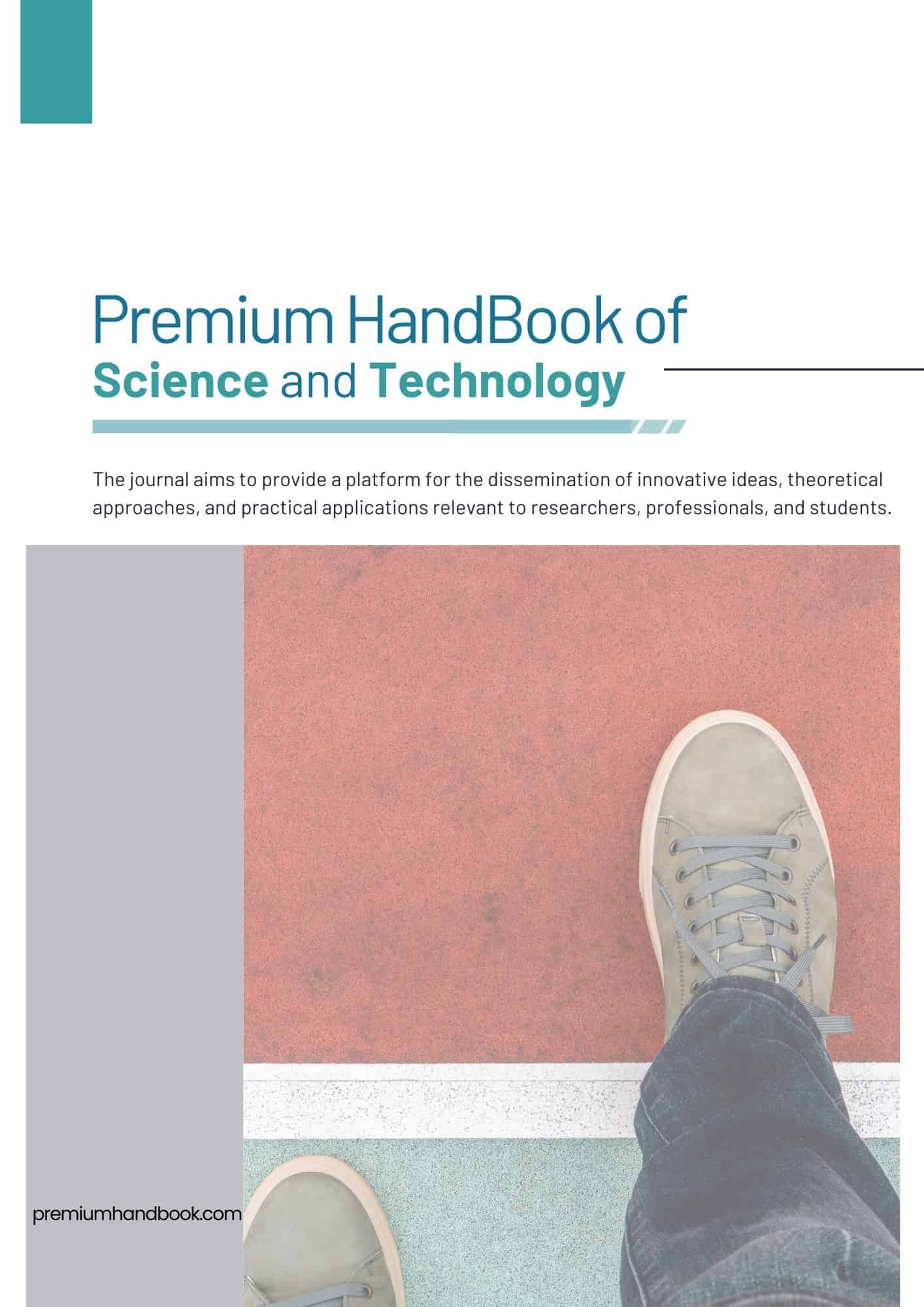Information Technology in Human Resource Management
Keywords:
Technology, Resources, ManagementAbstract
Human resource management (HRM) has undergone profound transformations with the incorporation of information technology (IT), consolidating its position as an essential strategic component for organizational modernization and strengthening competitiveness in the current environment. This article, based on a systematic review of recent scientific literature, comprehensively analyzes the contributions, challenges, and trends that characterize the implementation of IT in HRM, offering a critical and up-to-date perspective for students and researchers interested in the field of management and organizational innovation. The analysis shows that the integration of IT into HRM generates multiple tangible benefits. First, the digitization of processes makes it possible to optimize the management of employee-related data, streamline recruitment and selection through digital platforms, and automate payroll management and performance monitoring. These innovations contribute to the reduction of human errors, lower operating costs, and improve transparency and accuracy in the management of information critical for decision-making. The use of self-service systems, both for employees (ESS) and managers (MSS), enables the decentralization of administrative functions, promoting staff autonomy and satisfaction. Furthermore, professional development is strengthened through access to e-learning platforms, virtual training, and online training resources, fostering continuous learning and adaptation to new labor market demands. Data analytics and the use of big data are emerging as key tools for identifying patterns, predicting turnover, and designing strategies aimed at talent development and retention. Despite the evident benefits, IT implementation in HRM faces significant challenges. Integrating multiple systems and platforms can present technical and organizational difficulties, especially in contexts with legacy solutions or staff resistance to change. Furthermore, the high initial costs associated with acquiring software, infrastructure, and training represent significant barriers, although they are offset in the long term by operational savings and increased productivity. Data security and privacy are another central concern, requiring robust policies and measures to prevent unauthorized access and ensure regulatory compliance. The theoretical framework is based on the Technology Acceptance Model (TAM) and the Diffusion of Innovations (DOI) theory, allowing us to understand the dynamics of technology adoption and effective use in HRM. The TAM highlights the importance of the perception of usefulness and ease of use as determining factors for user acceptance of IT, while the DOI emphasizes the role of communication, internal social networks, and user segmentation into adoption stages. In conclusion, the implementation of IT in human resource management represents a determining factor for organizational innovation, efficiency, and competitiveness. To maximize its impact, it is essential to develop comprehensive strategies that include training, change management, and the adoption of good information security practices. A thorough understanding of these processes is essential for the scientific and professional training of future leaders in organizational management.
Downloads
Downloads
Published
Issue
Section
License
Copyright (c) 2025 Premium Handbook of Science and Technology

This work is licensed under a Creative Commons Attribution 4.0 International License.
This journal is licensed under Creative Commons Attribution 4.0 International (CC BY 4.0).






